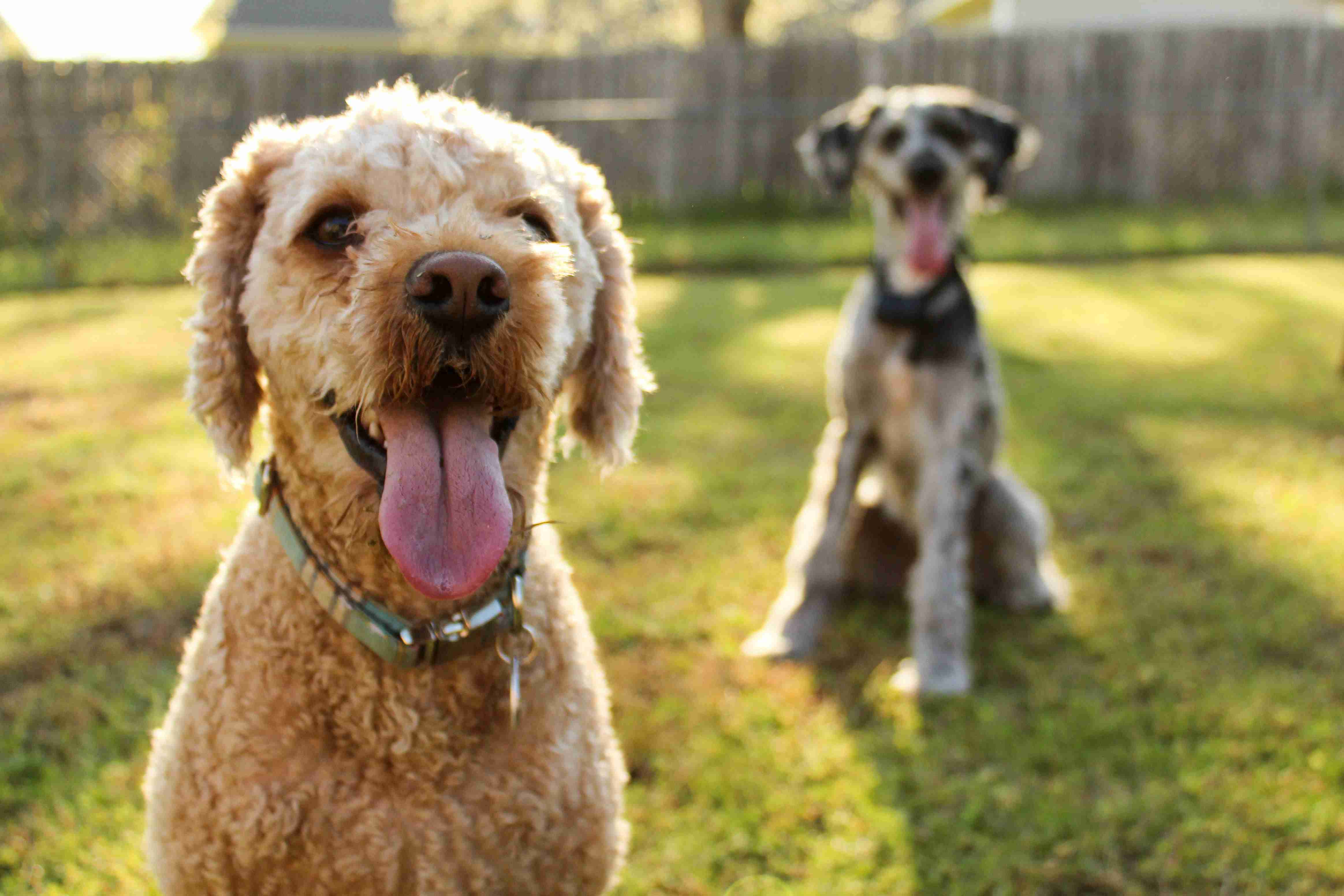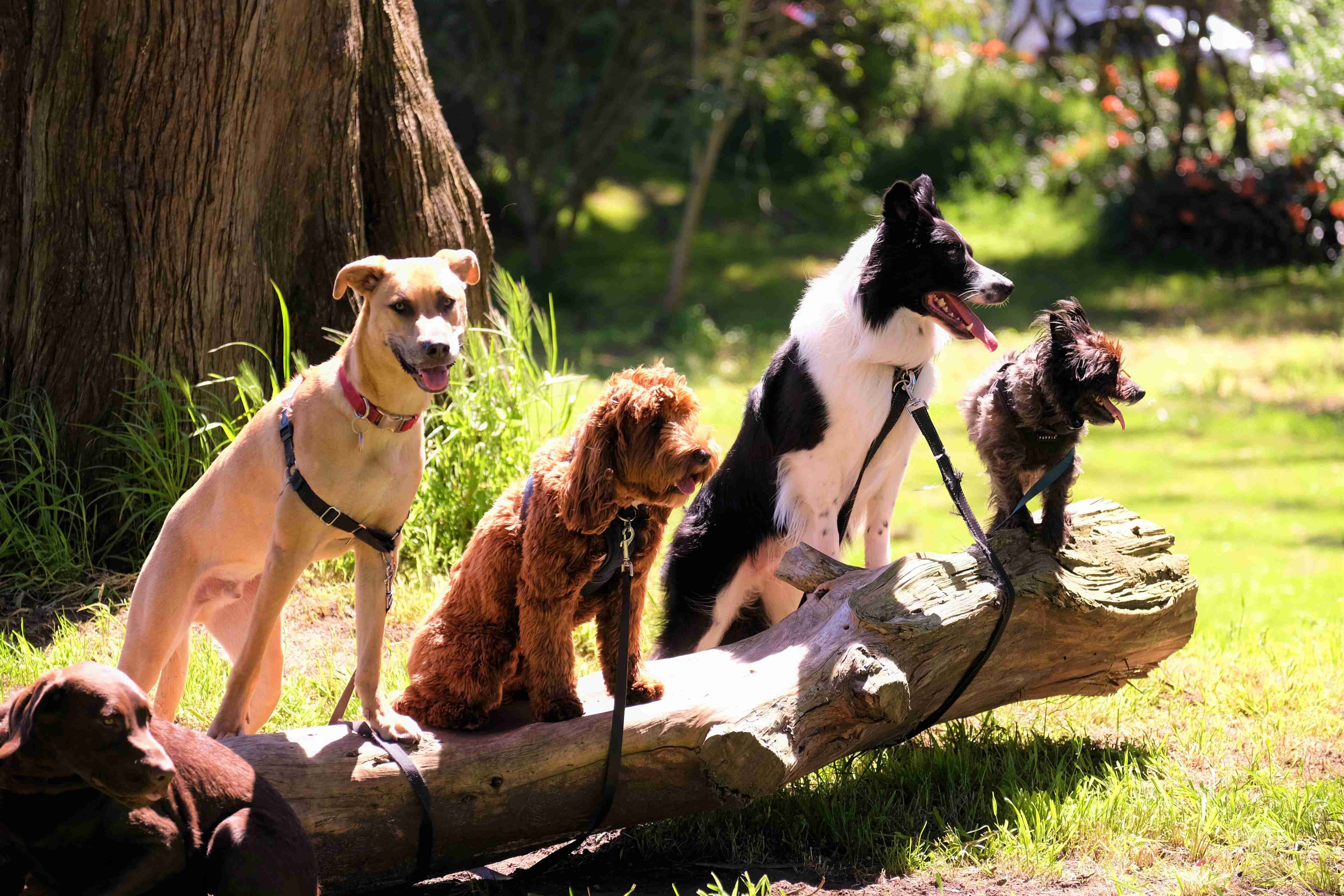Dogs are fascinating creatures. They amaze us with their loyalty, companionship, and intelligence. But one behavior that often leaves us puzzled is their love for chasing things. Whether it’s a ball, a frisbee, or even a squirrel, dogs seem to have an innate instinct to pursue whatever is moving. But why do dogs love to chase? Is it just a playful behavior or is there something more to it? In this blog post, we’ll delve into the science behind your pup’s instincts to chase and explore some of the fascinating reasons why dogs love to pursue things.
Have you ever wondered why dogs love to chase things? Whether it’s a ball, a frisbee, or a squirrel, most dogs have an innate desire to chase after things. But why is this the case? Is it simply because it’s fun, or is there a deeper instinctual drive at play?
In this post, we’ll explore the science behind why dogs love to chase, what’s going on in their brains when they do, and what you can do to satisfy this natural urge in your canine companion.
Evolutionary Roots of Chasing
To understand why dogs love to chase, we need to look back at their evolutionary history. Dogs are descended from wolves, who were highly skilled hunters that relied on their ability to chase and catch prey for survival. This instinct has been passed down through generations of domesticated dogs, even though they don’t necessarily need to hunt for their food anymore.
In fact, chasing behavior is so deeply ingrained in dogs that it’s present in many breeds, regardless of whether they were originally bred for hunting or not. Even small lap dogs like Chihuahuas and Pomeranians are known for their love of chasing toys and balls.
The Science of Chasing
So, what’s going on in a dog’s brain when they’re chasing after something? It turns out that there are a few different factors at play.
First, there’s the thrill of the chase itself. Dogs are naturally curious and love to explore their environment, and chasing after something that’s moving quickly can be an exciting and stimulating experience for them.

Second, there’s the satisfaction that comes from catching the object of their pursuit. When a dog finally catches the ball or toy they’ve been chasing, it triggers a release of dopamine in their brain, which is a feel-good chemical that reinforces the behavior.
Finally, there’s the innate predatory drive that’s at play when a dog is chasing something. Even though most dogs don’t need to hunt for their food anymore, their brains are still wired to pursue prey. Chasing after a toy or ball can be a way for them to satisfy this instinctual drive in a safe and controlled way.
Satisfying Your Dog’s Chasing Instincts
Now that we understand why dogs love to chase, how can we satisfy this natural urge in our furry friends? Here are a few ideas:
– Invest in some high-quality toys that are designed for chasing, like KONGs or Chuckit! balls. These toys are designed to be durable and can stand up to lots of playtime.
– Try playing fetch with your dog in a safe, enclosed area like a backyard or dog park. This will give them plenty of space to run around and chase after the ball without getting into any danger.
– Consider enrolling your dog in a sport like agility or flyball, which are both based around chasing and catching objects. These sports can be a great way to provide your dog with lots of physical and mental stimulation.
Conclusion
So, why do dogs love to chase? It’s a combination of their evolutionary history, their natural curiosity and love of exploration, and their innate predatory drive. By understanding these factors and providing our dogs with plenty of opportunities to chase and play, we can help them satisfy this natural urge in a safe and controlled way. So go ahead and throw that ball for your furry friend – they’ll love you for it!
In conclusion, dogs have been bred for specific purposes over thousands of years, and their innate desire to chase is deeply ingrained in their DNA. While it may seem like a simple game to us, chasing is a complex behavior that is influenced by a variety of factors such as breed, age, sex, and environmental factors. Understanding the science behind your pup’s instincts can help you create a safe and happy environment for them to play in. So, the next time your furry friend starts chasing after a squirrel or a ball, you can appreciate the complex behavior that is at play and enjoy the bond that grows between you and your beloved pet.



.jpg)

.png)
%20-%20Copy.jpg)
.jpg)
.jpg)